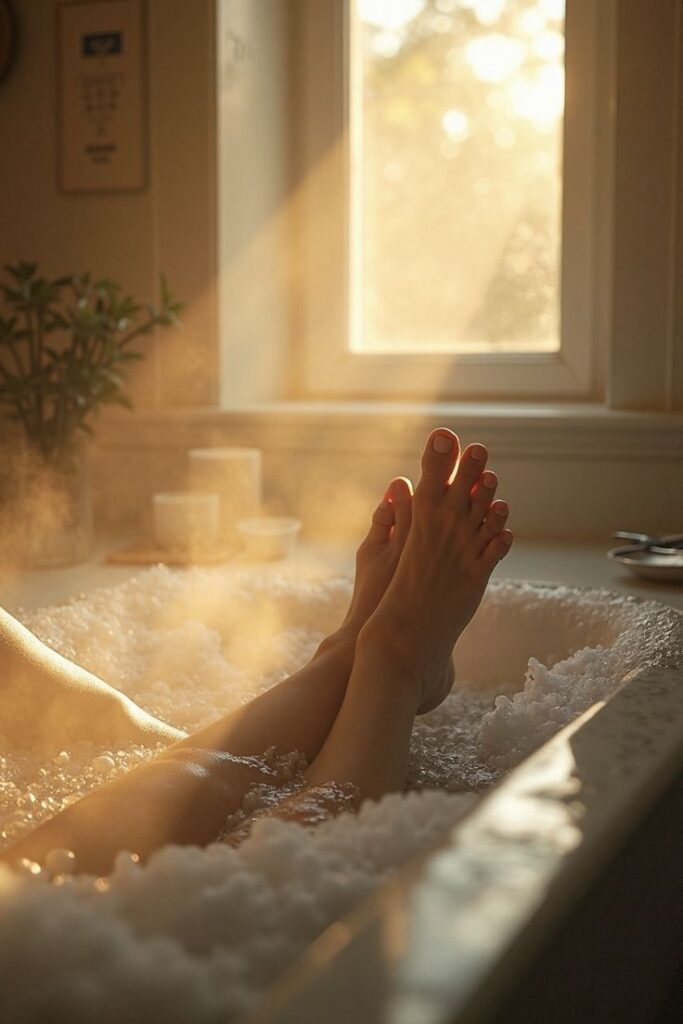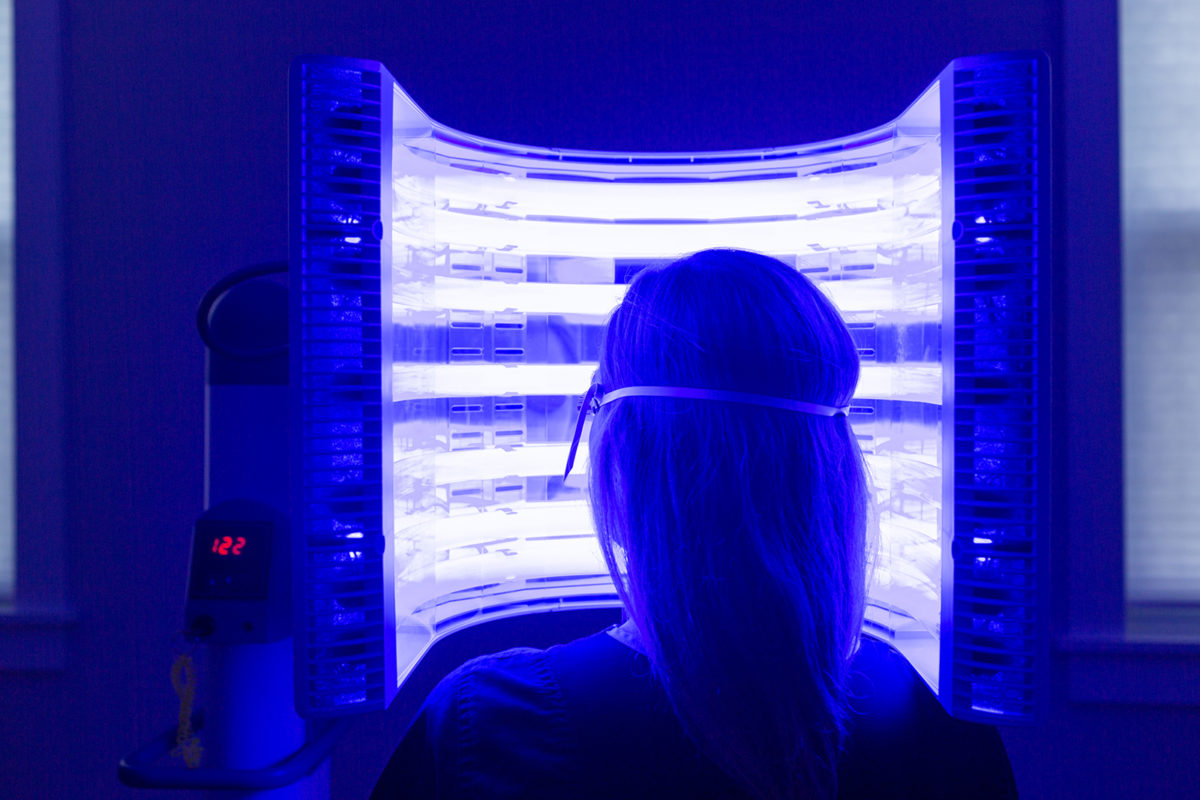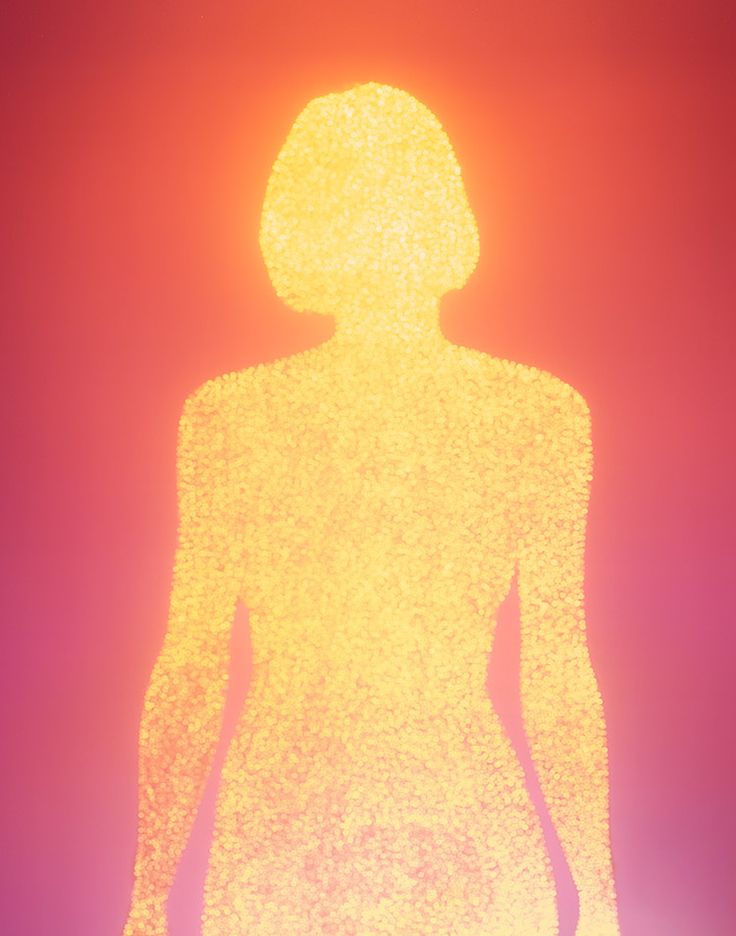Thermal Therapies
Harnessing Heat and Cold for Enhanced Well-Being
What Are Thermal Therapies?
Thermal therapies involve the use of heat or cold to manipulate the body’s physiological processes. These methods are designed to promote healing, improve circulation, regulate metabolism, and boost overall resilience. Whether through controlled heat exposure or deliberate cold shock, thermal therapies allow biohackers to push the boundaries of physical and mental performance.
Key Types of Thermal Therapies
Grinders experiment across various domains, often tailoring their modifications to specific goals. Here are some key areas:
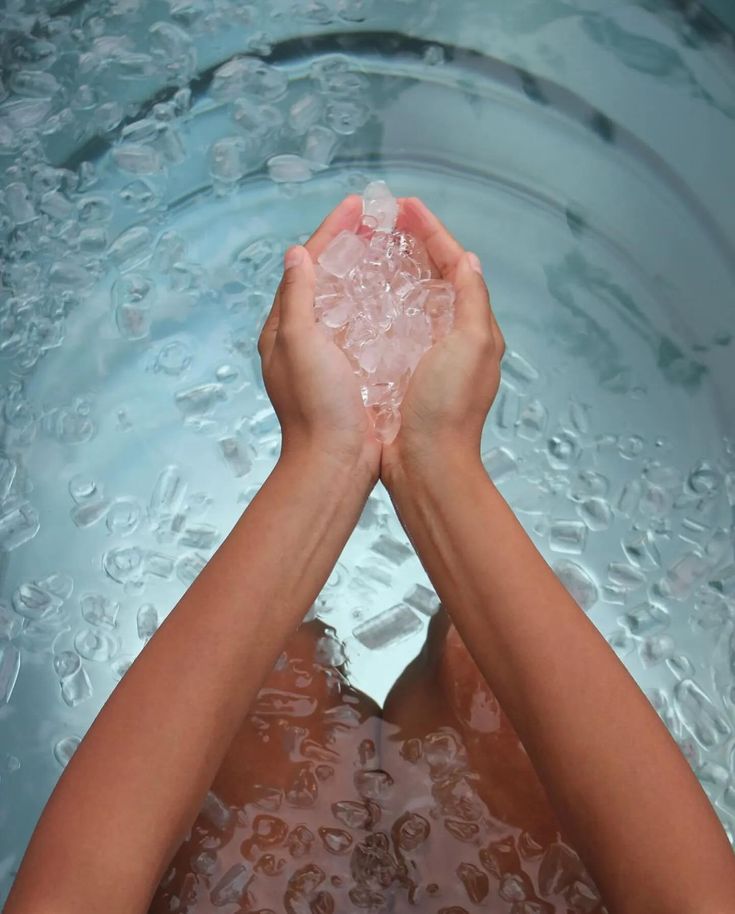
Cold Therapy
Cold therapy, or cryotherapy, is centered on exposing the body to extremely low temperatures for short periods. Popular cold therapy methods include:
- Cryotherapy Chambers: Enclosed spaces that cool the body to sub-zero temperatures for 2-3 minutes, triggering anti-inflammatory responses and endorphin release.
- Ice Baths: Submerging in ice water to improve recovery, reduce inflammation, and build cold tolerance.
- Cold Showers: A DIY method to invigorate the nervous system, improve circulation, and promote mental clarity.
Benefits of Cold Therapy:
- Accelerated muscle recovery
- Reduction in inflammation
- Enhanced mental focus and stress resilience
- Increased metabolism and fat burning (via brown fat activation)

Heat Therapy
Heat therapy uses elevated temperatures to relax muscles, detoxify the body, and boost circulation. Common heat-based methods include:
- Saunas: Traditional and infrared saunas are widely used to promote sweating, detoxification, and relaxation.
- Hot Baths: Immersing in hot water, sometimes enhanced with Epsom salts, for relaxation and stress relief.
- Heating Pads and Packs: Localized heat application to ease muscle tension or pain.
Benefits of Heat Therapy:
- Improved blood circulation and oxygen delivery
- Detoxification through sweating
- Relief from muscle tension and joint pain
- Stress reduction and improved sleep quality
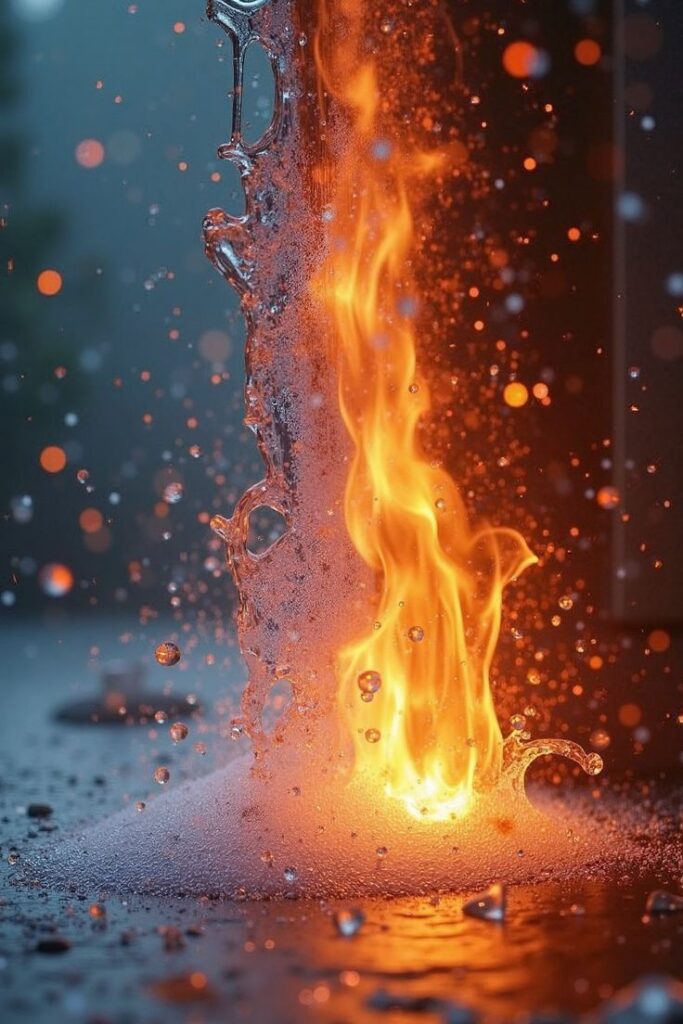
Combining Heat and Cold for Contrast Therapy
Contrast therapy alternates between heat and cold exposure to create a powerful biohacking protocol. For example:
- Hot/Cold Immersion: Alternating between a hot bath or sauna and an ice bath to enhance blood flow, improve recovery, and boost immune function.
- Localized Contrast Therapy: Applying hot and cold packs alternately to specific areas for pain relief and inflammation reduction.
Benefits of Contrast Therapy:
- Improved circulation and lymphatic drainage
- Faster recovery from physical exertion
- Enhanced resilience to environmental stressors
The Science Behind Thermal Therapies
Thermal therapies leverage the body’s adaptive mechanisms, such as:
- Hormesis: Exposure to controlled stressors (heat or cold) builds resilience and strengthens biological functions.
- Inflammation Modulation: Cold therapy reduces acute inflammation, while heat improves chronic inflammatory conditions.
- Cellular Repair: Heat shock proteins (HSPs) are activated during heat therapy, aiding in cellular repair and regeneration. Cold shock proteins, on the other hand, are stimulated during cold exposure and support neural health and longevity.
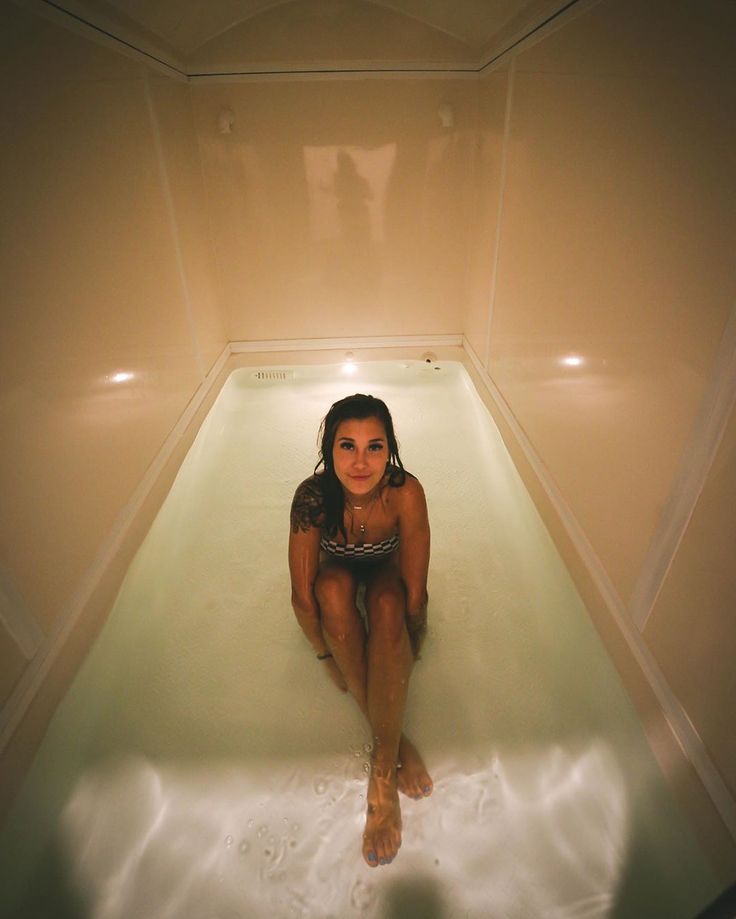
DIY Thermal Therapy Practices
The beauty of thermal therapies lies in their accessibility. Here’s how you can incorporate them at home:
- Cold Showers: Gradually reduce the water temperature over time to build tolerance.
- Ice Baths: Fill a tub with ice water for a quick recovery session post-exercise.
- Hot Baths or Saunas: Take regular heat sessions to relax, detoxify, and improve circulation.
- DIY Contrast Therapy: Alternate between hot and cold showers or use heating and cooling packs.
Challenges and Risks
While thermal therapies are generally safe, there are some considerations to keep in mind:
- Overexposure: Excessive heat or cold exposure can cause burns, frostbite, or dehydration.
- Medical Conditions: People with cardiovascular issues, diabetes, or certain chronic illnesses should consult a doctor before starting.
- Acclimatization: Gradual exposure is key to avoiding unnecessary shock or strain on the body.
